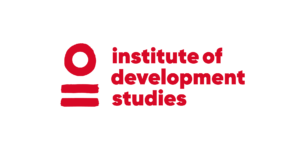
Using Mobile Phones for Nutrition Surveillance: A Review of Evidence
Nutrition surveillance – or the systematic and periodic collection of information on nutrition – is vital to the capacity of governments and other agencies to track their progress towards reducing undernutrition, to promoting the accountability of their actions and to improving their ability to respond promptly to rapid changes in nutrition status brought about by food price volatility and other shocks.
However, nutrition surveillance is expensive and logistically laborious and therefore often non-existent in resource-low countries. Surveillance systems are also constrained by time-consuming and error-prone paper-based data collection followed by manual data entry. Consequently, monitoring of nutrition outcomes in real time and timely response to nutritional crises is often impossible.
Mobile phone technologies could help to address many of these challenges and offers potential benefits such as:
- lower costs of data collection and transfer;
- faster data transmission, analysis and dissemination;
- improved data quality;
- more transparent and inclusive data collection processes with the possibility of immediate feedback to households and communities.
Download the summary version
ER1 brief – Using Mobile Phones for Nutrition Surveillance



